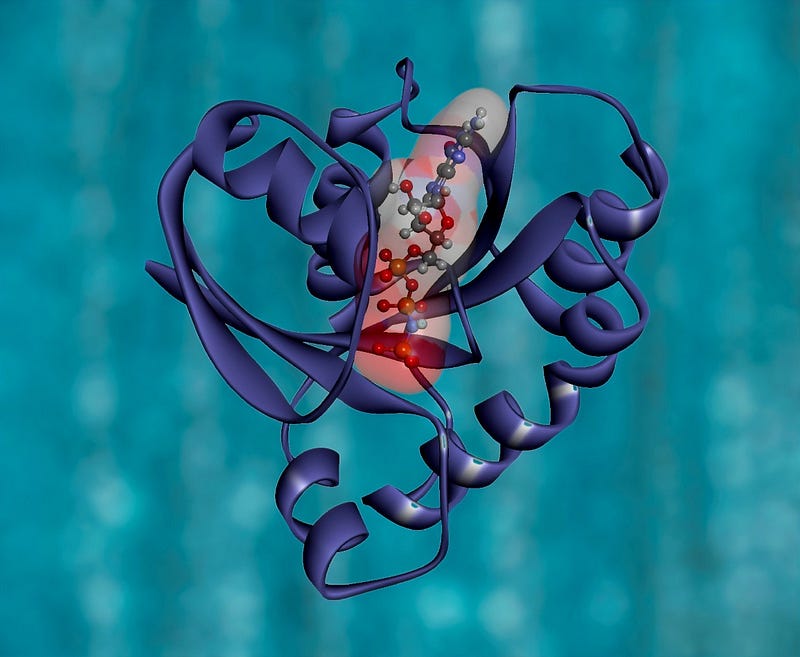Understanding Acidity Regulation Challenges in Diabetics
Written on
Chapter 1: The Role of HbA1c in Diabetes
One of the routine blood tests that individuals with diabetes undergo is the measurement of HbA1c levels. This protein, hemoglobin, is essential for transporting oxygen throughout the body’s cells.
The challenge for diabetics is the elevated glucose levels in their bloodstream. This excess glucose interacts with hemoglobin to create HbA1c, also known as glycated hemoglobin. This reaction impacts the protein's ability to efficiently transport oxygen, leading to reduced oxygen availability for the body's tissues.

The misconception that diabetes solely revolves around high blood glucose levels overlooks the fact that these glucose molecules can react with various biomolecules in the body.
The Impact of Sugar on Health
The sugar that seems beneficial for business does not necessarily translate to good health outcomes for individuals.
Understanding the biochemical processes is crucial. The hydrochloric acid produced in our stomachs, essential for food digestion, is also a product of enzymatic reactions. The enzyme carbonic anhydrase (CA) facilitates the conversion of carbon dioxide and water into carbonic acid, protons, and bicarbonate ions.
In the digestive system, CA is pivotal for generating gastric acid via parietal cells. In the kidneys, CA helps maintain blood pH by managing bicarbonate reabsorption. Therefore, the functionality of CA is vital for regulating acidity levels, which directly affects digestion.
Given that CA is a protein, similar to hemoglobin, diabetics may experience glycation of CA enzymes in the stomach and kidneys. If glycation impairs CA, it could lead to digestive issues and blood acid-base imbalance, symptoms that stem from excess glucose.
The Consequences of Protein Glycation
What happens if other proteins, such as those in the brain, undergo structural changes? This misfolding can significantly affect brain function, possibly linking Alzheimer's disease with diabetes, sometimes referred to as Type 3 diabetes.
The Small Yet Powerful Enzymes
It’s fascinating how the cells in our body utilize encoded genes to produce enzymes that influence our overall health.
For those acquainted with individuals living with chronic diabetes, how aware are they of the long-term effects on their digestive systems?
Chapter 2: Diabetic Ketoacidosis and Its Implications
This video explains the different types of diabetes and the complications associated with diabetic ketoacidosis (DKA).
The Mechanisms of DKA Pathophysiology
This animation details the pathophysiology of diabetic ketoacidosis, illustrating how it affects bodily functions.